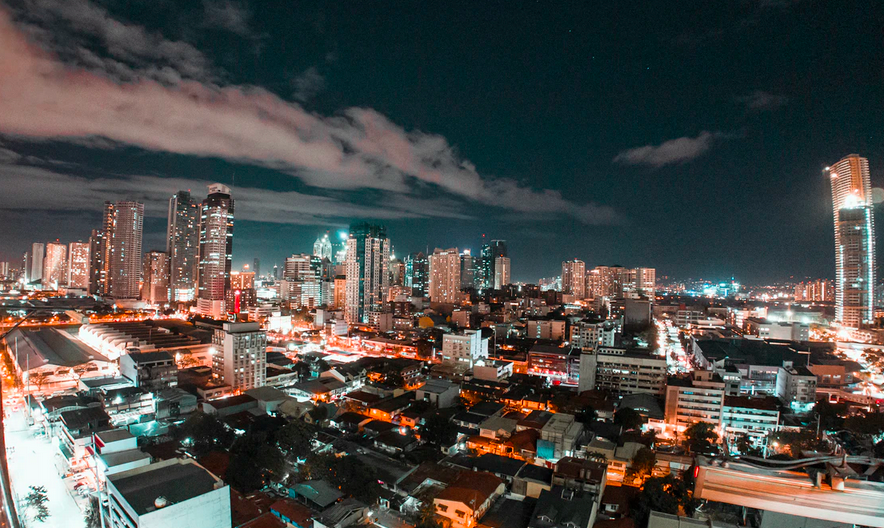Developing Asia’s economies are forecast to grow 5.2% this year and 5.3% in 2023, thanks to a robust recovery in domestic demand and continued expansion in exports.
However, uncertainties stemming from the Russian invasion of Ukraine, the continuing coronavirus disease (COVID-19) pandemic, and tightening by the United States Federal Reserve pose risks to the outlook.
Several subregions, including South Asia and East Asia, are expected to return to the economic growth rates they experienced before the pandemic, according to the Asian Development Outlook (ADO) 2022, released by the Asian Development Bank (ADB) today.
Inflation in the region remains manageable but is forecast to rise to 3.7% this year, before moderating to 3.1% in 2023.
The Russian invasion of Ukraine poses the most severe risk to developing Asia’s economic outlook. The war is already affecting economies in the region through sharp increases in prices for commodities such as oil, and has heightened instability in global financial markets.
COVID-19 continues to impact many parts of developing Asia, with some economies experiencing new surges in cases.
“Economies in developing Asia are starting to find their footing as they slowly emerge from the worst of the COVID-19 pandemic,” said ADB Chief Economist Albert Park. “However, geopolitical uncertainty and new COVID-19 outbreaks and virus variants could derail this momentum. Governments in the region will need to remain vigilant and prepared to take steps to counter these risks. That includes making sure as many people as possible are fully vaccinated against COVID-19. Monetary authorities should also continue to monitor their inflation situation closely and not fall behind the curve.” – BusinessNewsAsia.com
